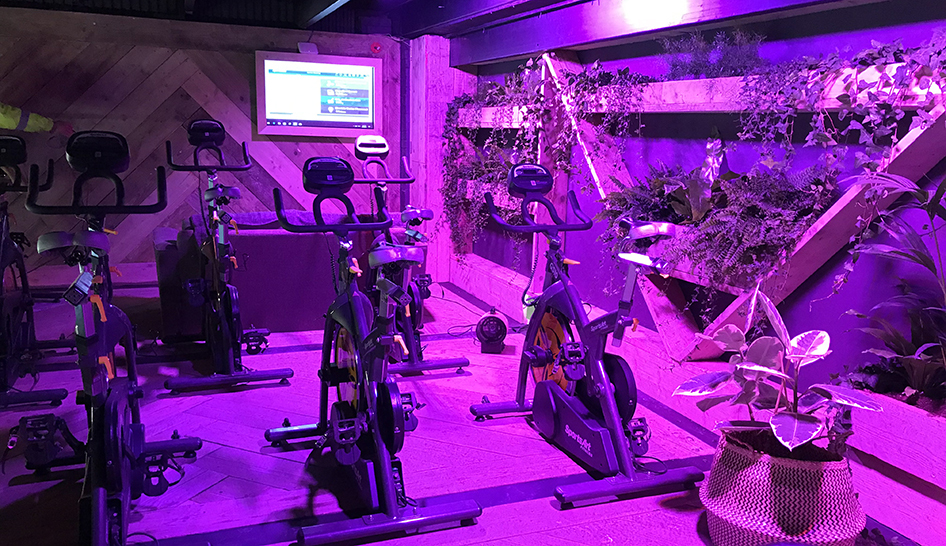Young demographics have always been the meat of the industry. Data collected in the IHRSA 2019 Consumer Report bears this out.
“Fitness facilities are predominantly the playground of the young … 35% of all memberships are held by individuals between the ages of 25 and 44,” says the report. “It becomes clear that the industry caters strongly to adults 18 to 45, with less representation among the populations over age 45 and under age 18.”
Millennials (born 1980–1999) lead the charge. “Millennials are the largest industry cohort, representing 33% of all members…” But though they form the bulk of industry membership, Millennials are a fickle group. Again from the report: “Millennials are far more likely to see the value in accessing multiple facilities (24% to 34% use multiple facilities). Traditionally, Millennials have been cast as individuals who become bored easily and are more likely to try new experiences, which this data seems to support.”
But there’s another factor that greatly influences the consumer behavior of Millennials: social responsibility. According to the 2018 Edelman Earned Brand study, we are in the age of the values-based consumer. “Nearly two-thirds (64%) of consumers around the world will buy or boycott a brand solely because of its position on a social or political issue…a staggering increase of 13 points from last year.”


